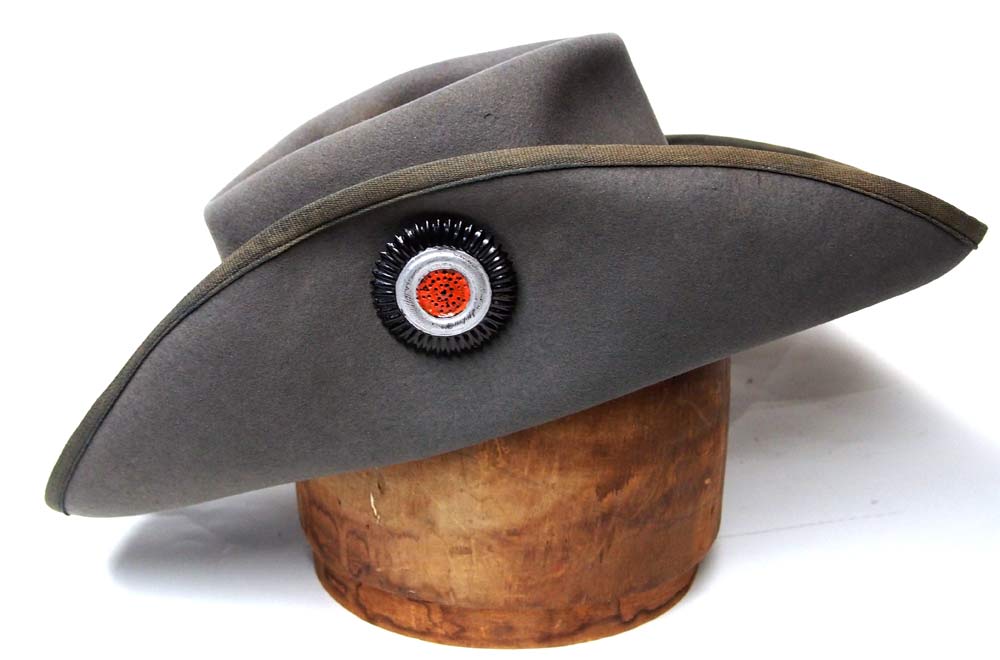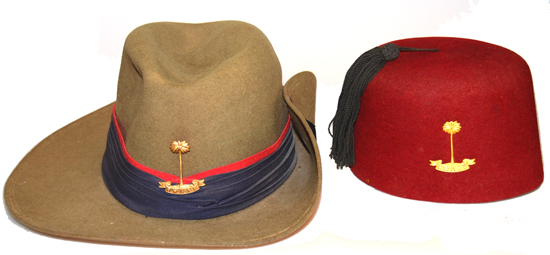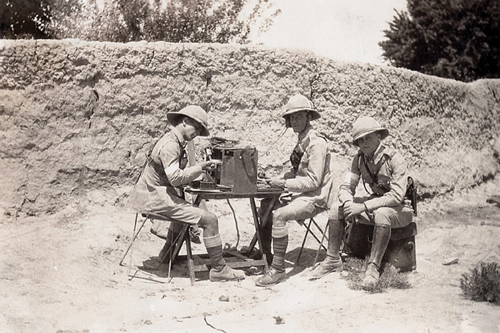
While the sun/pith helmet remains the iconic headdress of the colonial empires established by the European powers in the second half of the 19th century it wasn’t the only headgear favored by those colonial forces. Indigenous colonial forces utilized a variety of headdress of course, while slouch hats were increasingly favored by various units beginning in the 1880s. One of the more notable variations was the German slouch hat, which largely used in German South West Africa. Continue reading


